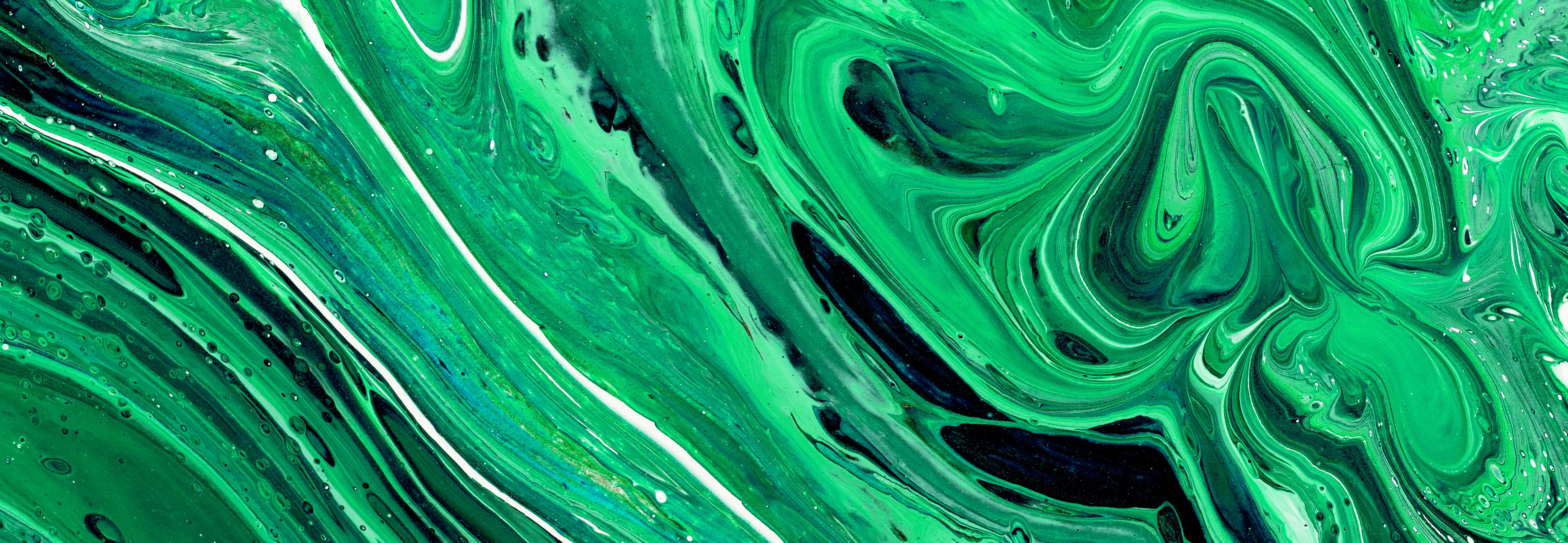



johndoe@gmail.com
Are you sure you want to reset the form?
Your mail has been sent successfully
Are you sure you want to remove the alert?
Your session is about to expire! You will be logged out in
Do you wish to stay logged in?
Coming Soon
Blog
Library Advisory Board
Teaching & Learning Resources
News and Updates
Reviews and Awards
Our Mission and Values
How to Use
Help
Information for Contributors
Contact Us
On the colour of health, wealth, and sustainability in visual culture

Phil Mapas, in his photography book Capturing Colour, invites us to consider the impact of colour on our lives. ‘Colour is,’ he quotes psychoanalyst Marion Milner, ‘on the evidence of language alone, very bound up with feelings’. We see red in anger, says Mapas, and feel blue when we’re sad.
Framing it this way, Mapas suggests our pursuit to capture colour through photography might be better understood as a propensity to be captured by it. What exactly colour captivates in us – in other words, how we feel when we see colour – is not straightforward, then, but a complex interplay of colour theory and psychology.
‘“Green” became the buzzword of the 1980s’, notes Pauline Madge in ‘Ecological Design: A New Critique’. It signalled a new form of environmental consciousness. Everybody was going green. Green parties formed, so did an economy of green consumerism. In ‘Our House is on Fire’, Finis Dunaway gives a comprehensive picture of this socio-economic movement, from the early 2000s through to policies like the Green New Deal in the United States.
So, what does it mean to go green?
For poet and activist Benjamin Zephaniah, the idiom ‘going green’ spoke to this new, emergent signification during the 80s. He included it as a refrain of the times in ‘Me Green Poem’ (1992). Going green evokes different shades of meaning, spanning themes of health, wealth, party politics, and environmentalism. In her chapter ‘Green: Thoughts on Sustainability’, Rebecca Houze outlines the sheer breadth of some of these preoccupations today:
The color green […] describes bright new plants that burst forth from the frozen ground in springtime, as well as the fresh foods we like to eat. In Islam, green is the color of Paradise, symbolized as a lush and verdant garden. Exotic emerald and other deep mineral greens often suggest riches and luxury, a signification that echoes in the color of the United States one-dollar bill. But green has also been recognized in history and folklore as the color of sickness, envy, and poison.
For Houze, the proximity of springtime’s verdancy to ‘sickness, envy, and poison’ is inescapably ironic. If green evokes the natural world, it also reminds us of pollution and the unsustainable extraction of natural resources. Contrast this with Paul Barolsky’s description of ‘the green world’ of the Italian Renaissance: our modern evocation is no ‘the immense extension of nature herself’, but a curtailed horizon inscribed with human interference and jeopardy.
Houze analyses oil company BP’s adoption of the green-and-yellow ‘Helios’ logo in 2002, prompting us to consider the green of greenhouses gases contributing to global warming. In ‘Post-Petroleum Consumers’, George Elvin projects an alternative future divested from fossil fuels. This future only possible if we go green in good faith. Doing so in name and appearance only – what we call ‘green-washing’ – is little more than camouflage for unsustainable practice.
In Tricky Design: The Ethics of Things, for example, Jeremy Kidwell investigates a claim to ‘green architecture’, where vegetation is planted in the roofs of buildings. ‘It may be possible to design a green roof to be quite literally green’, writes Kidwell, ‘and by extension decorative – but not habitable. In this way a green roof may represent a literal form of green-washing’.
For ethical claims to green architecture, discover Sherry Ahrentzen’s entry on ‘Sustainable Design’ and architect Chinwe Ohajuruka, ‘one of the chief architectural innovators of green housing in her native Nigeria’ (both are featured in the newly launched Bloomsbury Global Encyclopedia of Women in Architecture 1960-2020).
Are we ‘going green’ or ‘turning green’? The choice slips from us depending on the idiom (Zephaniah uses both in his poem). Going green, we endeavour to determine by what means we address the climate emergency. No longer a destination we choose to arrive at, ‘turning green’ happens to us involuntarily. It is the green about the gills, the colour of sickness – and in this case, according to Al Gore’s inconvenient truth, it’s terminal.
For more on visual culture and environmentalism
Art and the Natural World: An Entangled Life
Read our featured content inspired by artist Hans Arp, now available on the Bloomsbury Visual Arts hub. Envisioning the artist as a kind of fruit-bearing tree, Dadaist painter-poet and sculptor Hans ‘Jean’ Arp conceives of art as an extension of our bodies. We produce art, he suggests, in the literal sense, as we move and grow, sprouting artworks like berries in season… Read more
Content linked to in this blog will be free for three months after the post date.
For full access to our cross-searchable collections on the Bloomsbury Visual Arts hub, visit our Librarians page for information on trials and purchasing.
Explore the News and Updates page for the latest launches and collection updates.